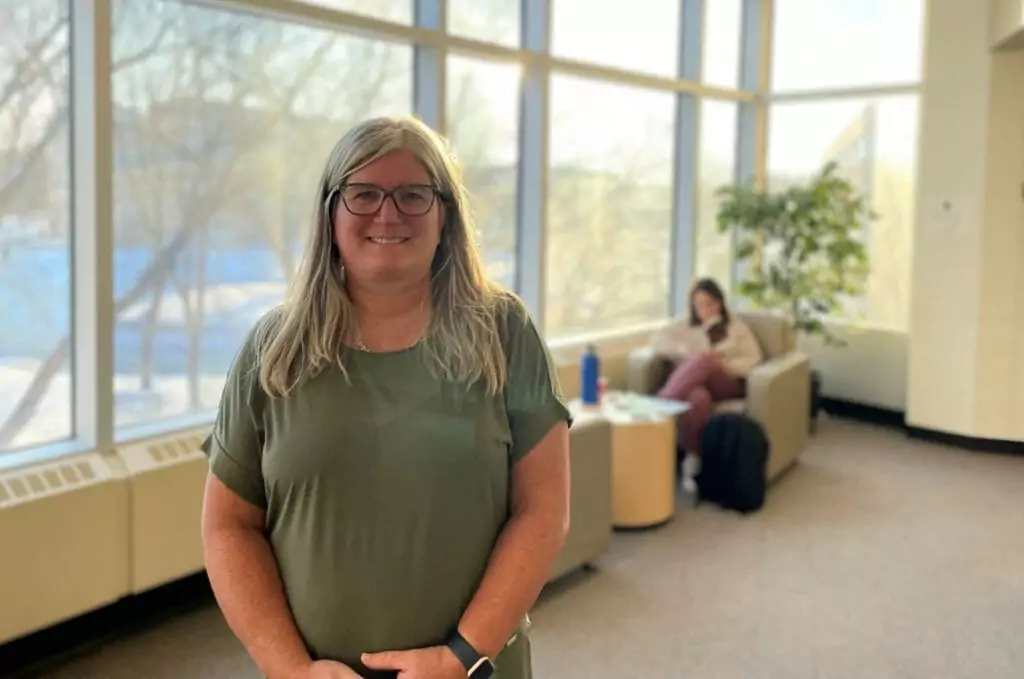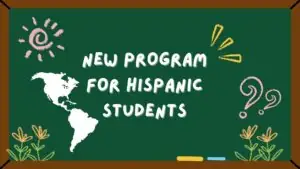Dr. Kim Mitchell, an Assistant Professor at the University of Manitoba, Canada, conducted an experiment allowing students in her writing course to use ChatGPT for their assignments. Students were required to be transparent about their use of the tool. The experiment aimed to explore whether ChatGPT could be a legitimate aid in education rather than a form of cheating. Results were mixed, with students finding value in using ChatGPT for revisions and rewording but less so for core writing tasks.

✅ AI Essay Writer ✅ AI Detector ✅ Plagchecker ✅ Paraphraser
✅ Summarizer ✅ Citation Generator
Key Takeaways:
- Dr. Kim Mitchell took a bold step, allowing students to use ChatGPT in her writing course, challenging the notion that it’s a form of cheating.
- Mitchell’s experiment was grounded in a strong classroom culture of trust, with students required to reflect openly on their use of ChatGPT.
- While ChatGPT helped students with revisions and sentence-level corrections, it was less effective for core writing tasks and sometimes detracted from students’ unique voices.
Dr. Mitchell’s Initial Experience with ChatGPT
Before the experiment, Dr. Kim Mitchell was relatively new to ChatGPT. She first heard about this AI tool in the fall of 2022, around the same time it caught the general public’s attention. Despite being an experienced educator, Dr. Mitchell had never personally used ChatGPT or any similar AI tool in her teaching practice. Her initial knowledge about ChatGPT was primarily based on what she had read and heard, including the controversies it sparked in her department. Colleagues had tested ChatGPT by feeding it discussion post prompts and were surprised by the articulate responses it generated. Dr. Mitchell, however, remained curious and open, seeing potential where others saw the threat. She approached ChatGPT with a learner’s mindset, eager to explore its capabilities and limitations firsthand rather than dismissing it based on hearsay. She says,
“There were guaranteed to be two camps of thought about student’s use of the platform: those who condemned it as cheating and something to be banned, and those, like me, who preferred to keep an open mind.”
Why Dr. Mitchell Chose to Try ChatGPT in the Classroom
The professor’s decision to allow students to use ChatGPT in her writing course was not made on a whim. It was a calculated and bold move, rooted in her core pedagogical values and commitment to fostering a dynamic, responsive learning environment. Dr. Mitchell has always identified as a risk-taker regarding new ideas in education. She was motivated by a desire to challenge the status quo and to engage with emerging technologies that have the potential to reshape the educational landscape. At the heart of her decision was a fundamental belief in the capacity of students to use tools responsibly and creatively when given trust and autonomy.
“Building a classroom culture of trust was essential to the success of my experiment. I needed them to feel free to tell me the truth in those required reflections. If they for one second doubted that I trusted them or felt I would punish them for certain kinds of ChatGPT use, the whole experiment would have backfired.”
She saw in ChatGPT not a shortcut for students but an opportunity—a chance for them to engage with a novel resource under guided conditions. Her motivation was fueled by a vision of education where students actively participate in their learning journey, using all available tools, including AI, to enhance their understanding and skills.
The assignment prepared for students:
The assignment was created for a course exploring evidence-informed practice and nursing research. The students were being asked to write a qualitative synthesis paper. They were assigned to find five qualitative research studies and thematically analyze those studies and report on two to three similarities among the findings. The paper had five sections: a background to their topic, their personal inspiration for their topic choice, a description of their methods of identifying their study themes, and a section describing potential nursing practice implications from their findings. The referencing and citation requirements are very specific, and each section has to be cohesive with the others.
Results of the Experiment
Approximately 52% of the class reported using ChatGPT with varying degrees of success. In preparation activities, students used ChatGPT to organize their thoughts, define terms, decide on a topic, and explore connections to nursing practice. When writing the paper, ChatGPT was found to be most effective when given specific bullet point lists for introductions and conclusions. However, it struggled to help students thematically analyze their chosen qualitative studies. At the sentence level, ChatGPT excelled in helping with rephrasing, simplifying sentences, grammar, paraphrasing, finding synonyms, and writing transition sentences. Students used ChatGPT for global revisions, summarizing their papers, proofreading, and improving titles and headings. Despite these uses, some students felt that ChatGPT’s outputs often required further editing to align with their intended meaning.

Dr. Mitchell was impressed by how ChatGPT could assist with sentence-level corrections and revisions. She appreciated that nearly all the students used ChatGPT in ways that legitimately helped improve the quality of their writing. However, she also noted the tool’s limitations, particularly in preserving the unique writing voices of her students and in performing more complex tasks related to the core of the assignment. Despite these limitations, Dr. Mitchell considers the experiment a success. She was pleased that the experiment fostered a culture of trust and openness in her classroom and is open to repeating it in future classes, with a keen eye on how ChatGPT might adapt to her writing assignments over time as AI continues to evolve.
“Given these findings, this is an experiment I would try again in future classes. I now have the ability to be more specific with how ChatGPT could be useful for them with their assignment, and my main task in future course offerings would be to watch how ChatGPT grows and adapts to my writing assignment because that’s what AI is designed to do.”
Could this open-minded approach be the future of education? Dr. Mitchell’s experiment suggests that, with clear guidelines and trust, AI tools like ChatGPT can find a place in the modern classroom.
Follow us on Reddit for more insights and updates.





Comments (0)
Welcome to A*Help comments!
We’re all about debate and discussion at A*Help.
We value the diverse opinions of users, so you may find points of view that you don’t agree with. And that’s cool. However, there are certain things we’re not OK with: attempts to manipulate our data in any way, for example, or the posting of discriminative, offensive, hateful, or disparaging material.